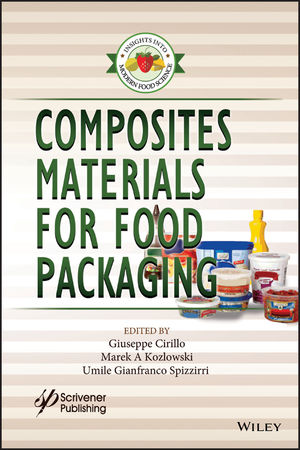Food Packaging: Peace comes to blueberry hill

Barnhill and Joey Benton, his plant manager, oversee an annual harvest that pushes 240,000 pints of blueberries through six packaging lines each day. The work lasts until Benton’s crew packs the last of the 6 million pounds of blueberries that Barnhill’s Ivanhoe, NC, fields yield each season.
Until recently, the language at Sweet Berry Farms could turn bluer than the berries. The oriented polystyrene containers had a tendency to crack, periodically resulting in line shutdowns. A packing shed with an idle line that should be outputting 40,000 units a day is not a happy space.
“Our previous containers had a horrible failure rate,” admits Benton. “They would crack under the pressure of the pinch roller, jam the unit and stop all sorting and filling. Many of the original containers got damaged on the truck and would be rejected by the supermarket.”

XPS provides strong support, and SBC “is the ideal substitute for PET in some areas,” Armstrong says. “We look to use SBC where clarity is an issue.”
A synthetic rubber, SBC helps give the containers the flexibility to navigate stress points in the line without cracking.
It can be blow molded and extruded, and its low density produces yields up to 30 percent higher over non-styrenic clear resins, according to Chevron’s Steve Shelby.
For more information:
Steve Shelby, Chevron Phillips,
866-573-7461
Tim Joseph, Fabri-Kal,
800-888-5054
Looking for a reprint of this article?
From high-res PDFs to custom plaques, order your copy today!






